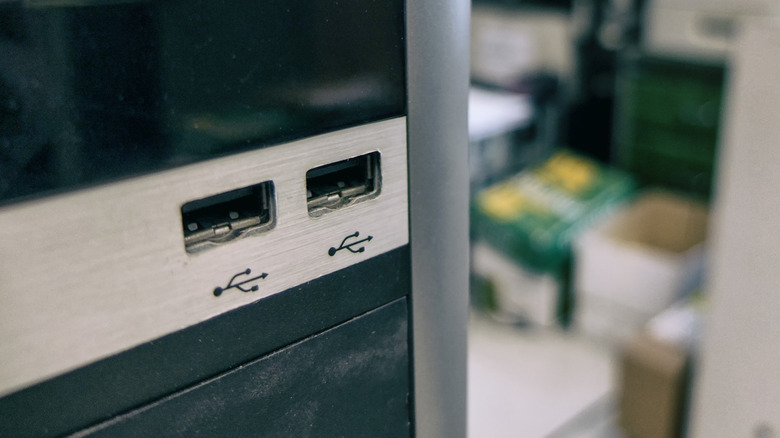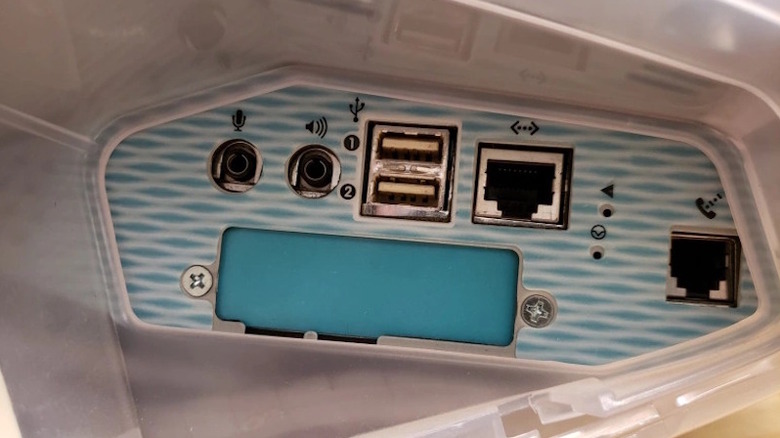Why Are Some USB Ports White? Here's What It Means
USB ports began development in 1994 with the goal of creating a universal connector to replace the multiple standards used in computers of the time. Since then, USB ports have evolved significantly. Initially designed solely for computers, they are now found in most tech products and are available in different form factors and colors.
Today, USB ports come in various colors not just for aesthetics but because each color signifies a different purpose or capability. Some USB ports are red, some are blue, and others are purple. You're probably already familiar with these colors and their meanings. However, one of the rarest USB ports today is the white USB port.
The reason white USB ports are hard to find is that they are among the oldest versions, and modern devices no longer use them. In fact, if you've come across a white USB port on a device, we can guarantee that the device is quite old — most likely a 25 to 30-year-old computer or peripheral. White USB ports were the first commercially available USB type, introduced in 1996; although earlier versions, like USB 0.8 and USB 0.9, were developed, they were only for testing purposes and were never released commercially.
What does a white USB port mean?
As the first USB port type, the white USB port is also known as USB 1.x. It was primarily developed for keyboards, mice, and other devices with extremely low bandwidth requirements. The port had a minimum data transfer speed of 1.2 Mbps and a maximum of 12 Mbps. Compared to modern USB ports like USB4, which offer speeds of up to 40 Gbps, the 12 Mbps speed of the white USB port may seem very slow, but at the time, it was a big number.
USB 1.x was not widely adopted in the commercial market, but in 1998, USB 1.1 was introduced, which also featured a white port. This version performed so well that it paved the way for computers without legacy ports. Although USB 1.1 had the same maximum transfer speed as USB 1.0, it maintained a consistent 12 Mbps rate, which was necessary for demanding peripherals like printers and external storage devices. It also provided a lower speed of 1.5 Mbps for low-bandwidth devices such as keyboards and mice.
Apple devices came with serial and parallel ports at that time, but with the launch of USB 1.1, Apple adopted the new USB standard, starting with the iMac G3. After that, the USB protocol was widely adopted by the tech industry, and the rest is history.

